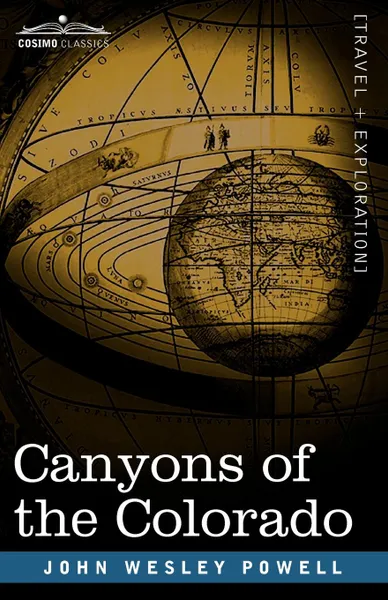Canyons of the Colorado 12+
Автор: John Wesley Powell
2008
428 страниц
Категория: Путешествия, путеводители
ISBN: 9781605204130
Язык: Английский
📘 Since we left the Colorado Chiquito we have seen no evidences that the tribe of Indians inhabiting the plateaus on either side ever come down to the river; but about eleven o'clock to-day we discover an Indian garden at the foot of the wall on the right, just where a little stream with a narrow flood plain comes down through a side canyon. Along the valley the Indians have planted corn, using for irrigation the water which bursts out in springs at the foot of the cliff. The corn is looking quite well, but it is not sufficiently advanced to give us roasting ears; but there are some nice green squashes. We carry ten or a dozen of these on board our boats and hurriedly leave, not willing to be caught in the robbery, yet excusing ourselves by pleading our great want.-from "August 26"Sometimes published under the name The Exploration of the Colorado River and Its Canyons, but more properly known by its original title, Canyons of the Colorado is the gripping personal account of the first navigation of the Colorado River, in 1869, by the man who led the journey.American geologist and explorer JOHN WESLEY POWELL (1834-1902), head of the Powell Geographic Expedition and later director of the U.S. Geological Survey, here regales us with the thrilling tale of the ten-man team and its assignment to map the last unmapped regions of the western territories of the United States. The highlight of their three-month trip: the first known river journey through the wildness of the Gr...
Мнения
